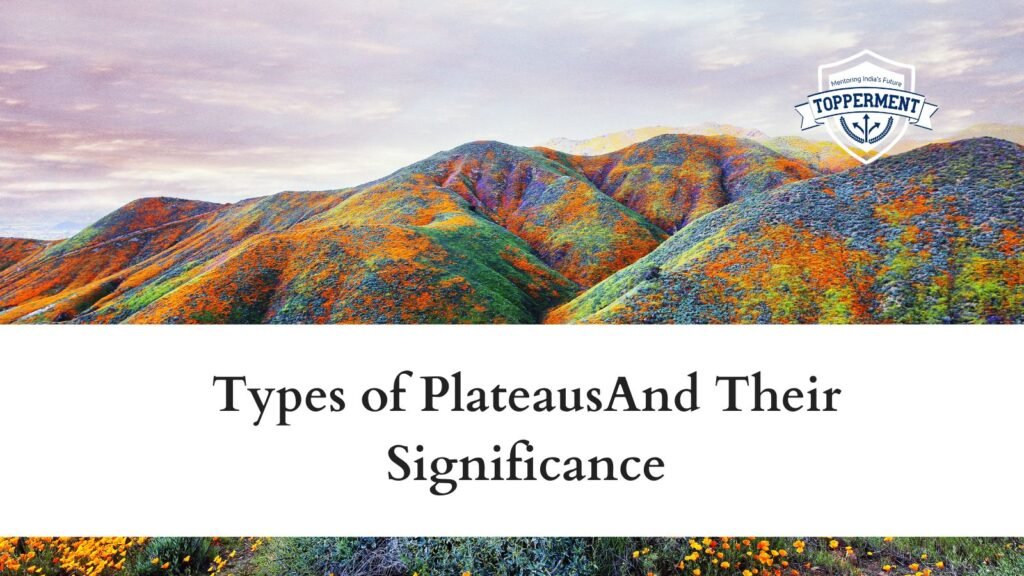A Plateau is a flat, elevated landform that is surrounded by steep slopes on one or more sides. They are found all over the world, and they come in different shapes and sizes.
There are several types of plateaus, and they are Volcanic Plateaus, Erosional Plateaus, and Dissected Plateaus.
Volcanic Plateaus are formed by the eruption of volcanoes. When lava and ash are released from a volcano, and they can cover a large area and create a flat landform. The example of this plateau is Deccan Plateau in India that was formed by the eruption of several volcanoes over millions of years.
Erosional Plateaus are created when the land around them erodes, leaving behind a elevated area. These types of plateaus are found in areas with hard rocks that are resistant. The example of this plateau is Colorado Plateau in the United States.
Dissected Plateaus are formed when a flat, elevated area is cut by the rivers and streams creating deep valleys and slopes. The Cumberland Plateau in the United States is an example of dissected plateaus.
They are important because they provide habitat for many plants and animals, and they are used for agriculture, mining and other human activities. They can play an important role in the water cycle.
The Plateaus are flat, elevated landforms that come in different shapes and sizes. There are several types of plateaus, and they are important for many reasons and provide habitat for plants and animals.
Also Read
- Understanding Ocean Water Density: Key Factors and Significance | UPSC Geography
- Understanding Physical Capital and Financial Capital | UPSC Economy
Follow Us For More Content On:
https://www.instagram.com/topperment/
Tag:Dissected Plateaus, Erosional Plateaus, Geography, IAS, IFS, India, IPS, IRS, UPSC, Volcanic Plateaus


